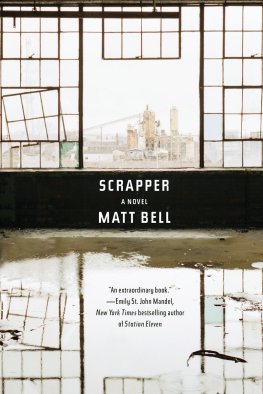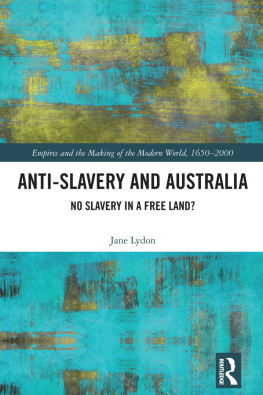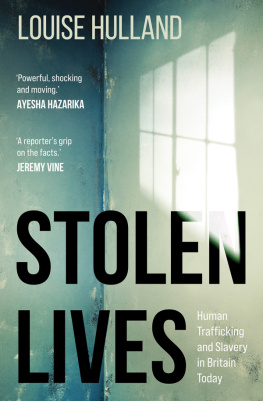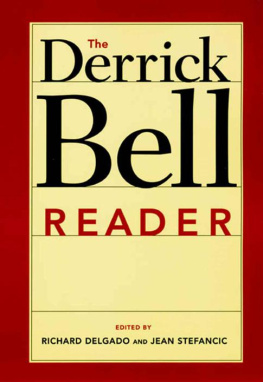Richard Bell - Stolen: Five Free Boys Kidnapped into Slavery and Their Astonishing Odyssey Home
Here you can read online Richard Bell - Stolen: Five Free Boys Kidnapped into Slavery and Their Astonishing Odyssey Home full text of the book (entire story) in english for free. Download pdf and epub, get meaning, cover and reviews about this ebook. year: 2019, publisher: Simon & Schuster, genre: Detective and thriller. Description of the work, (preface) as well as reviews are available. Best literature library LitArk.com created for fans of good reading and offers a wide selection of genres:
Romance novel
Science fiction
Adventure
Detective
Science
History
Home and family
Prose
Art
Politics
Computer
Non-fiction
Religion
Business
Children
Humor
Choose a favorite category and find really read worthwhile books. Enjoy immersion in the world of imagination, feel the emotions of the characters or learn something new for yourself, make an fascinating discovery.

- Book:Stolen: Five Free Boys Kidnapped into Slavery and Their Astonishing Odyssey Home
- Author:
- Publisher:Simon & Schuster
- Genre:
- Year:2019
- Rating:5 / 5
- Favourites:Add to favourites
- Your mark:
- 100
- 1
- 2
- 3
- 4
- 5
Stolen: Five Free Boys Kidnapped into Slavery and Their Astonishing Odyssey Home: summary, description and annotation
We offer to read an annotation, description, summary or preface (depends on what the author of the book "Stolen: Five Free Boys Kidnapped into Slavery and Their Astonishing Odyssey Home" wrote himself). If you haven't found the necessary information about the book — write in the comments, we will try to find it.
Richard Bell: author's other books
Who wrote Stolen: Five Free Boys Kidnapped into Slavery and Their Astonishing Odyssey Home? Find out the surname, the name of the author of the book and a list of all author's works by series.
Stolen: Five Free Boys Kidnapped into Slavery and Their Astonishing Odyssey Home — read online for free the complete book (whole text) full work
Below is the text of the book, divided by pages. System saving the place of the last page read, allows you to conveniently read the book "Stolen: Five Free Boys Kidnapped into Slavery and Their Astonishing Odyssey Home" online for free, without having to search again every time where you left off. Put a bookmark, and you can go to the page where you finished reading at any time.
Font size:
Interval:
Bookmark:
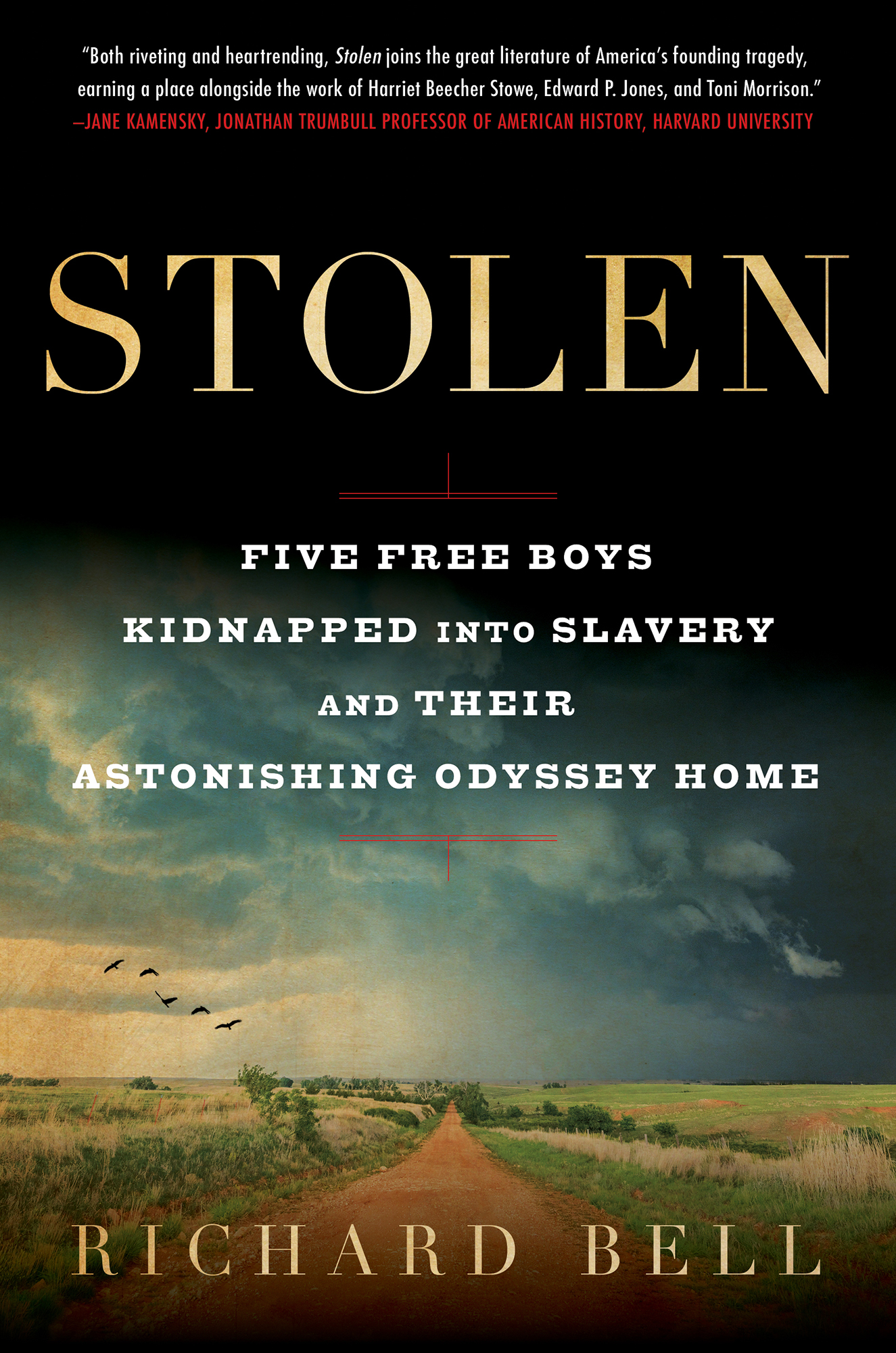

ALSO BY RICHARD BELL
We Shall Be No More: Suicide and Self-Government in the Newly United States
Buried Lives: Incarcerated in Early America (Coedited with Michele Lise Tarter)

An Imprint of Simon & Schuster, Inc.
1230 Avenue of the Americas
New York, NY 10020
www.SimonandSchuster.com
Copyright 2019 by Richard Bell
All rights reserved, including the right to reproduce this book or portions thereof in any form whatsoever. For information, address Simon & Schuster Subsidiary Rights Department, 1230 Avenue of the Americas, New York, NY 10020.
First 37 INK / Simon & Schuster hardcover edition October 2019
 / SIMON & SCHUSTER and colophon are trademarks of Simon & Schuster, Inc.
/ SIMON & SCHUSTER and colophon are trademarks of Simon & Schuster, Inc.
For information about special discounts for bulk purchases, please contact Simon & Schuster Special Sales at 1-866-506-1949 or .
The Simon & Schuster Speakers Bureau can bring authors to your live event. For more information or to book an event, contact the Simon & Schuster Speakers Bureau at 1-866-248-3049 or visit our website at www.simonspeakers.com.
Interior design by Dana Sloan
Jacket design by Richard Hassleberger
Jacket photograph by John Finney Photography/Getty Images
Library of Congress Cataloging-in-Publication Data is available.
ISBN 978-1-5011-6943-4
ISBN 978-1-5011-6945-8 (ebook)
For Ruby and Rosie
C ORNELIUS SINCLAIR WAS ten years old and he was trapped. He was stuck in the belly of a small ship bobbing in the middle of the Delaware River, a mile south of Philadelphia. A man had grabbed him from a spot near that citys market an hour ago, shoved a black gag across his mouth, tossed him into a wagon, and hauled him here.
It was dark below the waterline, but Cornelius could see enough to know that he was not alone. Four pairs of eyes stared back at himfour other black boys.
Yesterday they had all been free. Today they were slaves, prisoners of a gang of child snatchers who planned to sell their lives and labor, most likely to plantation owners in the Deep South. If the boys abductors got away with this, Cornelius would spend the rest of his life as someone elses property somewhere very far away. He would never see his family again.
Cornelius disappeared from Philadelphia in late August 1825, about nine months short of the fiftieth anniversary of the signing of the Declaration of Independence in that city in the summer of 1776. So much had changed since then. The new nations population had tripled, topping ten million, its land area had more than doubled, and the number of states in the union had jumped from thirteen to twenty-four, all of them now latticed together by ever-expanding networks of roads, canals, and steamboat routes.
Slavery in America was changing too. In 1776, there had been enslaved people in every rebel colony, but by 1825, slavery was dead or dying in the North. Fewer than twenty thousand black northerners remained in bondage, most of them in rural parts of New Jersey and New York where slavery was on its last legs. In the South, it was a different story. Slavery remained profitable and popular there, and more than 1.75 million black southerners lived as slaves. Assuming office in March 1825, John Quincy Adams, the sixth president of the United States, presided over a union equally divided between free states and slave states, twelve of them apiece. The Mason-Dixon Line, which separated Pennsylvaniaa free statefrom Maryland and Delawaretwo slave statesseemed to split the nation in two. It served, in the words of its recent biographer, as the closest thing to a modern international border anywhere in North America.
Situated just forty miles north of that border, Philadelphia was one of the nearest free cities to the slave South. That proximity made its many free black residents attractive targets for professional people snatchers from the slave states. They preyed on the members of the citys black community relentlessly, putting bulls-eyes on their backs and prices on their heads. Cornelius Sinclair was one of dozens of African American children to vanish from Philadelphia in 1825 alone. By then, the city was without question the hub of American slaverys newest and blackest market. Its gridded streets and tangled alleys were hunting grounds for crews of professional kidnappers who made their livings turning free black folk like Cornelius into southern slaves. Philadelphia had long had a reputation as a safe haven for people of color, and was home to the headquarters of the American antislavery movement. But it was probably one of the most dangerous places to be a free black person anywhere in the United States.
The people these kidnappers stole could each fetch anywhere from $400 to $700 ($9,000 to $15,000 today) in Louisiana, Mississippi, and Alabama, three of the new territories and states rising up along the Gulf Coast. The American settlers swarming into that region demanded a bottomless supply of slave labor to cut sugarcane and pick cotton and would take almost anyoneincluding children as young as ten-year-old Cornelius. They may not have liked buying some of their slaves from kidnappers, but planters in the Deep South had few other options. They had been forced to look to sources within the United States for their labor needs ever since 1808, when lawmakers in Washington had outlawed slave imports from Africa and the Caribbeana major turning point in the history of slavery in America. Interstate slave traders worked hard to satisfy these settlers demand for black labor, bringing them thousands of American-born slaves each year from states like Maryland, Delaware, and Virginia, but planters across the Deep South always wanted more.
The more settlers were willing to pay, the more tempting and profitable it became for unscrupulous entrepreneurs to kidnap free people from northern cities, smuggle them into the legal supply chain, and sell them in this vast new southern slave market. These incentives left Philadelphias large and dynamic black community dangerously exposed, and by 1825 the city had become the center of an interregional kidnapping operation, the northern terminus of what we might usefully call the Reverse Underground Railroad.
This Reverse Underground Railroad and its better-known namesake, the Underground Railroad, ran in opposite directions but were mirror images of each other. On the Underground Railroad, enslaved people abandoned southern plantations and trekked northward, dreaming of new lives and opportunities in freedom. On the Reverse Underground Railroad, free black people vanished from northern cities like Philadelphia and were made to trudge southward and westward to be sold into plantation slavery. On the Underground Railroad, conductors like Harriet Tubman risked their lives and liberty to help black fugitives make these epic journeys. On the Reverse Underground Railroad, the conductors were kidnappers and human traffickers motivated by money.
The volume of traffic on the two railroads was roughly the same. Each one carried hundreds of black adults and children across state lines each year. Both networks roared to life in the early nineteenth century to exploit what by then had become major differences in the legal status of slavery in the North and the South. Both were loosely organized and opportunistic. Both ran on secrecy and relied on small circles of trusted participants, forged documents, false identities, and disguises. Whether traveling from the slave states into the free states or vice versa, black voyagers had to hide in stables, barns, cellars, and attics. The direction of travel was different, but the routes taken by freedom seekers and victims of kidnapping like Cornelius Sinclair were largely the same. They might even have passed one another on the roads from time to time.
Font size:
Interval:
Bookmark:
Similar books «Stolen: Five Free Boys Kidnapped into Slavery and Their Astonishing Odyssey Home»
Look at similar books to Stolen: Five Free Boys Kidnapped into Slavery and Their Astonishing Odyssey Home. We have selected literature similar in name and meaning in the hope of providing readers with more options to find new, interesting, not yet read works.
Discussion, reviews of the book Stolen: Five Free Boys Kidnapped into Slavery and Their Astonishing Odyssey Home and just readers' own opinions. Leave your comments, write what you think about the work, its meaning or the main characters. Specify what exactly you liked and what you didn't like, and why you think so.



